The morning mist hangs low over the fields.
You can see them — bison roaming freely, their massive frames moving through tall, green grass.
The soil beneath them is dark, rich, and alive.
Birds sing, insects buzz, and the air smells… clean.
This isn’t just a nostalgic image of the past.
It’s happening right now on regenerative ranches — where nature and farming work together to create something incredible.
But not far away, there’s another story.
Dry, cracked fields stretch endlessly, stripped of life. Massive machines churn up dust, harvesting grain to feed cattle packed tightly in feedlots. The air is heavy with the smell of chemicals and waste.
In one world, the land heals itself, supporting life for generations to come.
In the other, it deteriorates, taking with it the health of the planet—and ours.
Every time you buy meat, you’re making a choice.
Because what you put on your plate affects everything:
Your energy levels.
Your family’s health.
The future of the land that feeds us all.
When you choose grass-fed, regeneratively raised meat, you’re not just nourishing your body.
You’re supporting a vision of thriving lands, healthy animals, and a stronger, more vibrant you.
Grain-fed beef may seem convenient, but it comes at a cost:
- Fewer Nutrients: Industrial grains result in meat with less omega-3s, B vitamins, and essential minerals—key elements for energy and mental clarity. Meanwhile, the meat becomes high in inflammatory omega-6 PUFAs like linoleic acid at up to 16x the natural amount (video).
- Gut Disruption: GMO corn and soy-based feed fuels inflammation and digestive issues, leaving you feeling sluggish and unwell.
- Toxic Load: Chemicals from feedlots and GMO corn and soy farming find their way into your body, undermining your long-term health.
But there’s a better option.
Switching to regeneratively raised and wild game meats can transform your health and your impact on the planet:
- Supercharged Nutrition: Wild game organs are packed with bioavailable vitamins and minerals your body craves. You’ll feel the difference in your energy and focus.
- Better Digestion: Nutrients from clean, natural meat support your gut, helping reduce inflammation and bloating. 1, 2*
- Clean Energy: No toxins. No fillers. Just pure fuel for your body and mind.
- Sustainable Strength: You’re supporting ecosystems and future generations, knowing your food is as clean and ethical as it gets. 3*
Because these choices lead to:
- Healthier, more vibrant bodies for you and your family.
- A thriving planet where ecosystems flourish.
- A future where health and sustainability aren’t the exception—they’re the norm.
It’s about more than food. It’s a movement toward vitality, strength, and renewal for you, your loved ones, and the earth.
Want to start finding regenerative and wild-game products near you?
Here’s how:
- Check Your Local Farmers’ Market: Many regenerative farms sell directly at markets, offering everything from grass-fed meats to pasture-raised eggs. Ask questions about their farming practices to ensure they align with regenerative principles.
- Search Online for Local Ranches: Websites like EatWild.com or the American Grassfed Association provide directories to find farms in your area.
- Look for Labels That Matter: When shopping at the store, look for certifications like “Grass-Fed and Finished,” “Regeneratively Raised,” or “Pasture-Raised.” Avoid vague labels like “natural” that often mean nothing.
- Consider Direct Delivery: Some regenerative farms ship nationwide, so you can have nutrient-dense, ethically raised meats delivered right to your door.
- Ask Restaurants About Their Sources: When dining out, ask if their meats are grass-fed or regeneratively raised. Supporting restaurants that prioritize these practices helps grow the movement.
Every step you take matters.
Each choice fuels your body with clean, natural nutrition and helps build a future where food restores the planet instead of depleting it.
Let’s create that future together.
-----------------------------
Sources
1. Daley, C., Abbott, A., Doyle, P., Nader, G., & Larson, S. (2010). A review of fatty acid profiles and antioxidant content in grass-fed and grain-fed beef. Nutrition Journal, 9, 10 - 10. https://doi.org/10.1186/1475-2891-9-10.
2. Nogoy, K., Sun, B., Shin, S., Lee, Y., Li, X., Choi, S., & Park, S. (2022). Fatty Acid Composition of Grain- and Grass-Fed Beef and Their Nutritional Value and Health Implication. Food Science of Animal Resources, 42, 18 - 33. https://doi.org/10.5851/kosfa.2021.e73.
3. LaCanne, C., & Lundgren, J. (2018). Regenerative agriculture: merging farming and natural resource conservation profitably. PeerJ, 6. https://doi.org/10.7717/peerj.4428.

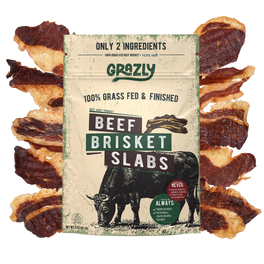
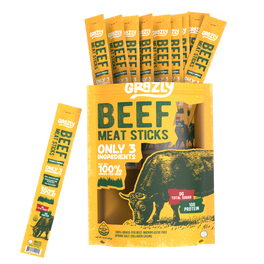
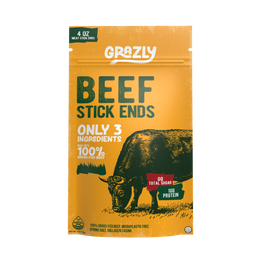
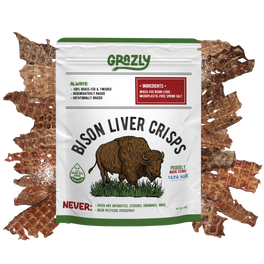
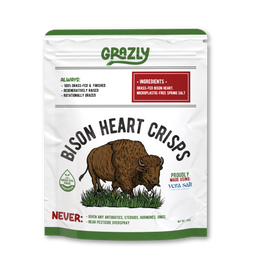
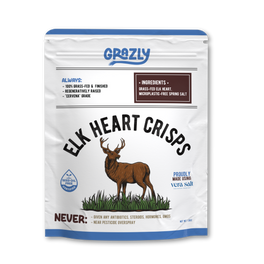
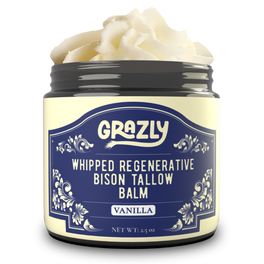
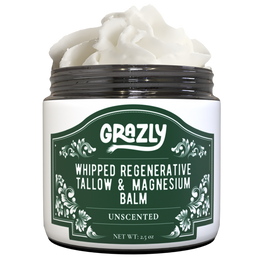

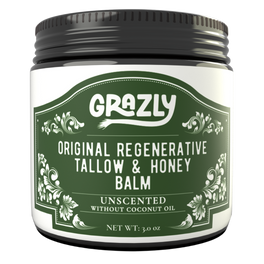
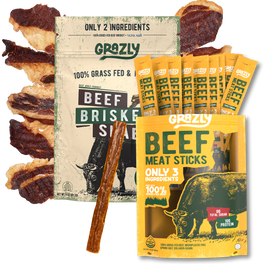



Leave a comment
This site is protected by hCaptcha and the hCaptcha Privacy Policy and Terms of Service apply.